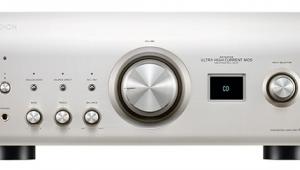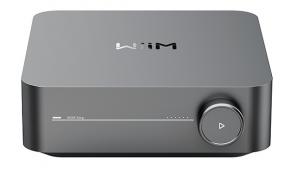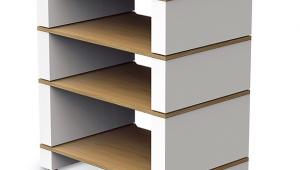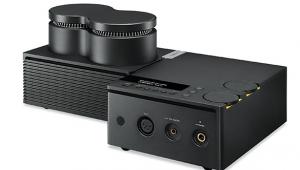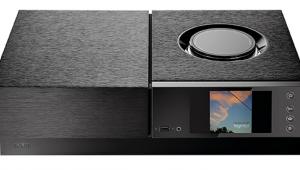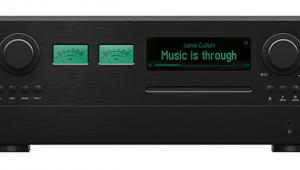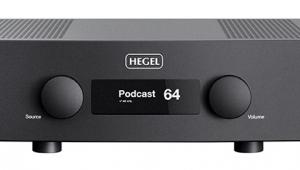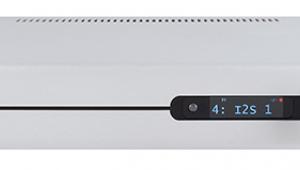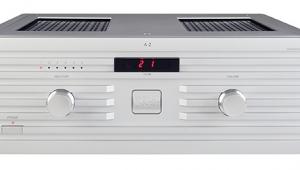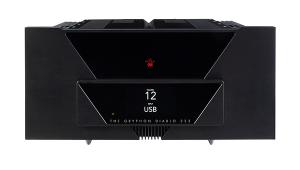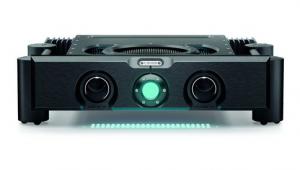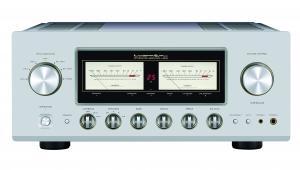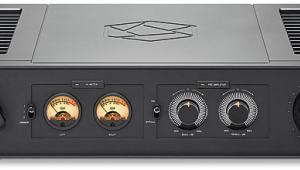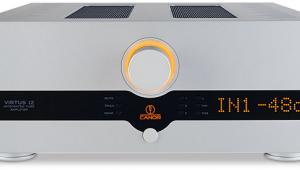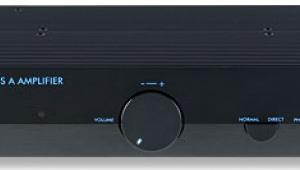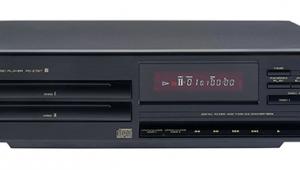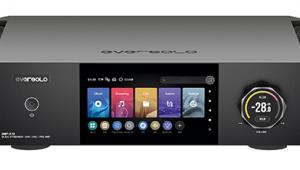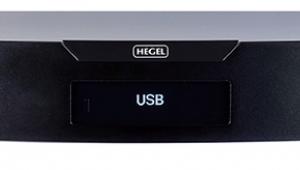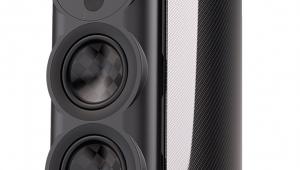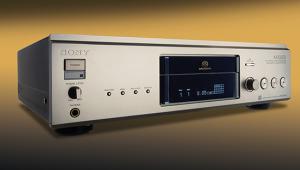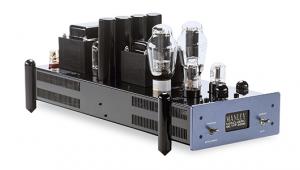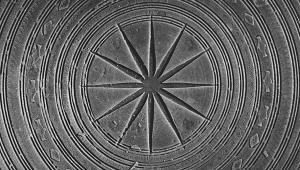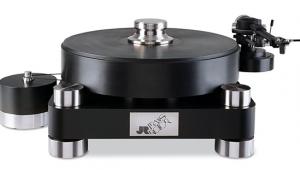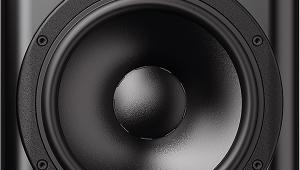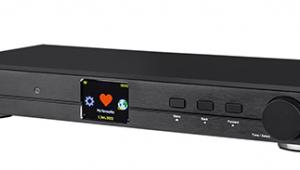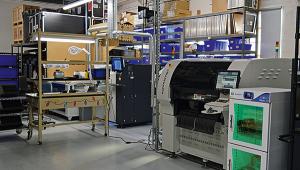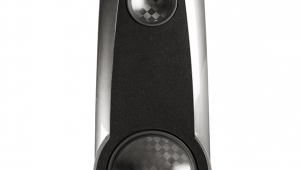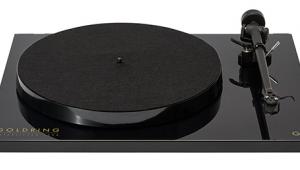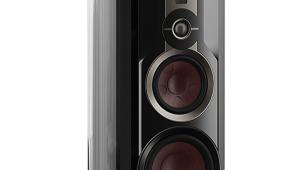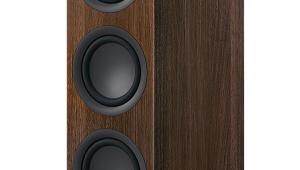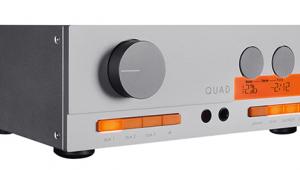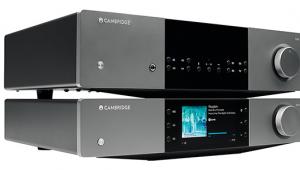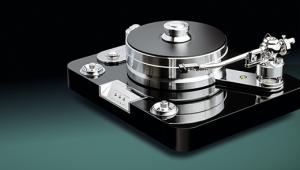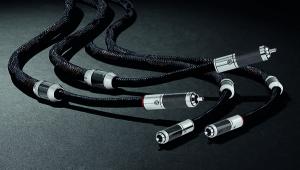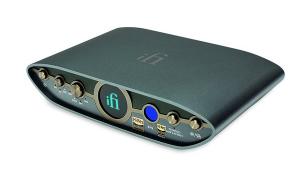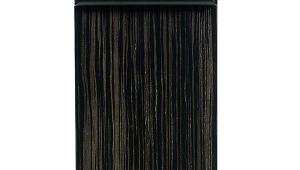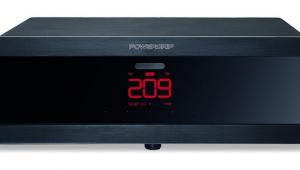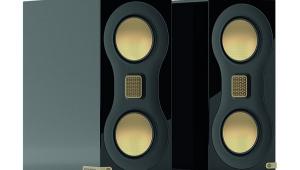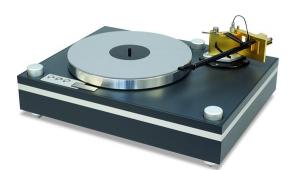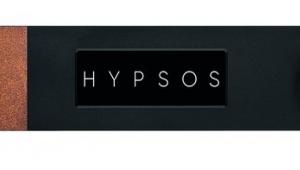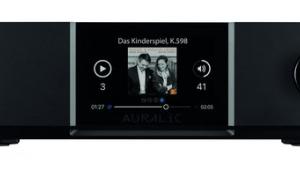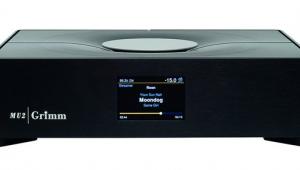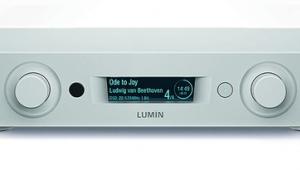Denon PMA-3000NE amp with DAC When less is more
With high power comes the need for more output transistors – that’s typically the case anyway, with recent big integrated amps from the likes of Musical Fidelity [HFN Aug ’23], Gryphon Audio [HFN Dec ’24], Rotel [HFN Jan ’24] and Hegel [HFN Oct ’24] all being designed to share the burden of their output current across multiple pairs of power transistors. Ideally, every power transistor will have been matched to create the ideal complementary pair and each pair grouped to ensure optimum symmetry. Plus, with as many drivers as output devices, the ‘bill of materials’ gets costly. So, is there a smarter way, aside from Class D and other variants, to build a high power amp without busting the bank?
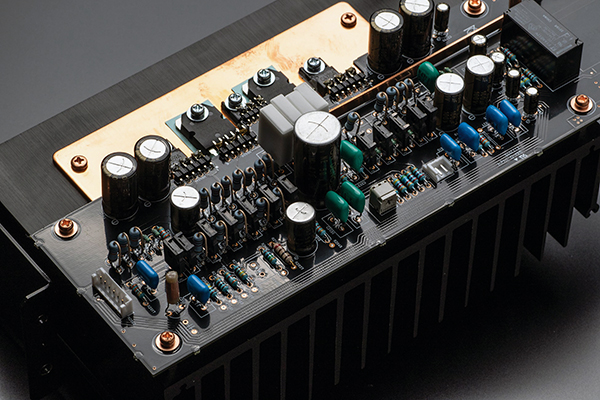
Danish brand GamuT once promoted the idea of using a single pair of very capacious NPN/PNP power transistors – MOSFETs in this case – to form the heart of a far simpler, more elegant and potentially more linear amplifier than one comprising paralleled pairs of loosely-matched devices [HFN May ’15]. That mantle was adopted by fellow Danes at Gato Audio, who employed a single pair of massive, industrial-specification N-channel MOSFETs in a quasi-complementary circuit [HFN Jun ’17]. While this idea has not really taken off, the availability of ‘UHC’ (Ultra High Current) output devices might now inspire the design of hefty amps based on just a single pair of power transistors. Sony used a single pair of these devices in its TA-A1ES [HFN Mar ’14] and Denon in its PMA-2500 [HFN Aug ’16], but the latter makes almost no mention of the same topology featuring in its PMA-3000NE. The only reference, buried in the website, is to ‘UHC-MOS Single Push Pull’. And there they are [see picture above], just one pair per side, delivering a mighty 750W/1ohm [see PM's Lab Report]. PM
